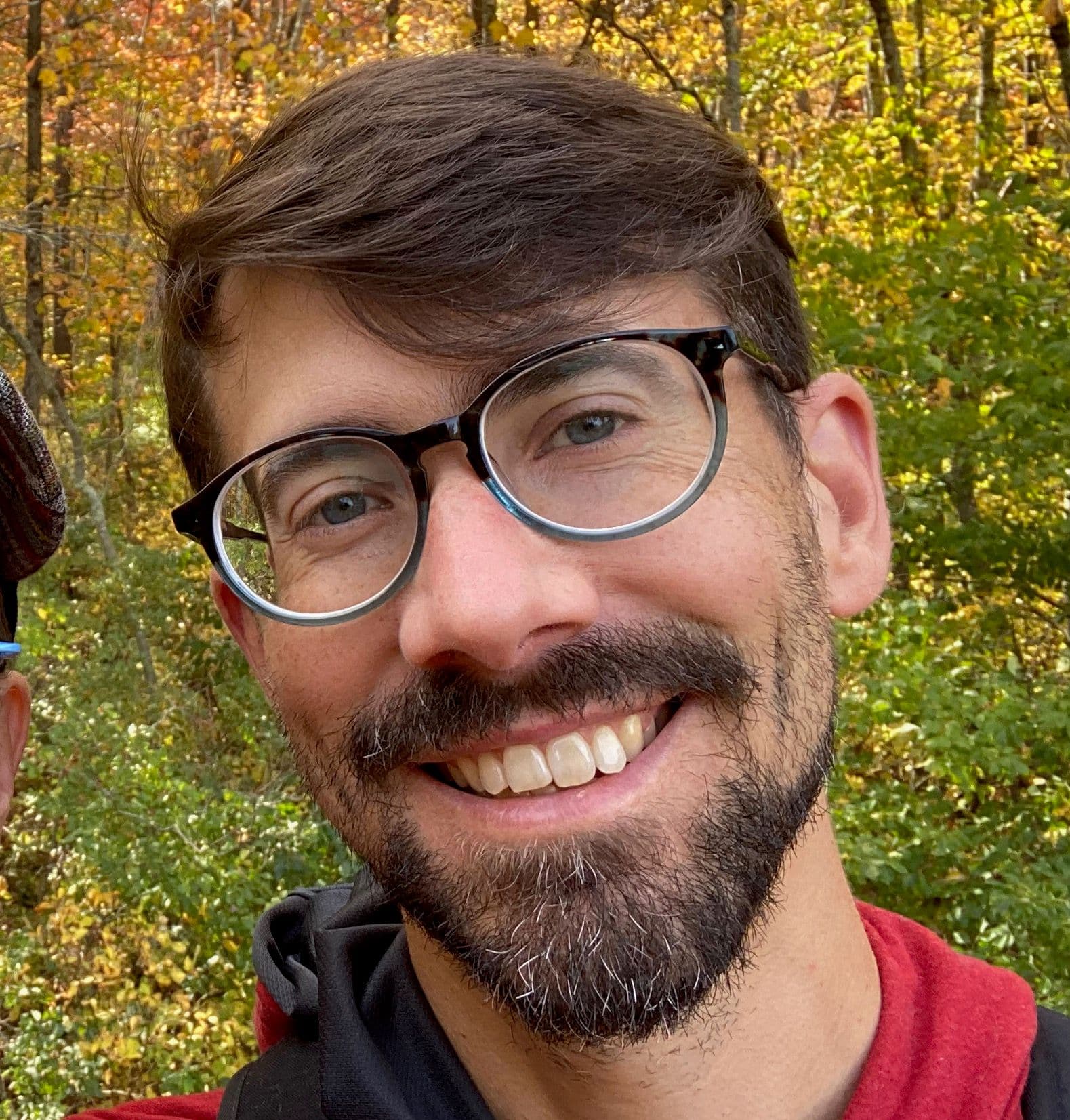
How to Lower Your Stress When Testing At Home
For something that’s supposed to be simple and convenient, testing at-home can be surprisingly stressful.

Imagine this: Your big test day has arrived. But rather than travel to the test center or a school classroom and sit quietly among other students taking this important exam, you roll out of bed, grab a snack and fire up the computer. While logging on to the testing website, you struggle to find the password, shaking your nerves. And as you settle in for the exam, your sibling (or parent, or pet) barges in, demanding attention. You send them away and close the door, trying to get back to work, but now your phone is dinging with new messages. You struggle to regain focus and the clock is ticking...
At-home testing is among the many new challenges that the pandemic has created. While it sounds simple and convenient, completing an exam at home can be a test of wits and concentration, as you navigate unwanted distractions, interruptions, and technological hurdles - all while trying to perform your best.
Whether you have a math test coming up, or a standardized admissions test like the SSAT or ISEE, it’s essential you have a solid plan. Unlike taking a test at a school or a test center, you are responsible for making the experience go smoothly - which is especially challenging when you are sharing a confined living space with other family members and pets. Here are our recommendations:

1. Make sure everything works
Chances are, your at-home test will involve a computer or tablet at some point during testing or submitting your work. It sounds simple, but making sure your wifi, device and testing platform work as expected will save you a lot of frustration and anxiety on test day.
Standardized tests like the SSAT or ISEE require sophisticated programs that combine an online (human) proctor, with a “lock” on your system to prevent you from accessing files or the internet while the test is underway. These programs have specific system requirements and if required, you should perform a “system check” in advance of the test, as outlined by the test company. Also, get familiar with the platform’s user interface and check-in process, through instructions and online videos.
For tests for school, get familiar with any websites or programs you’ll need to use for an upcoming test. If you haven’t already, make sure you can log in and navigate to where you’ll access the test. Take the time to watch any videos and/or review instructions provided.
If your testing relies on internet access, confirm you can access good quality wifi in the room you’ve chosen to work. (More on choosing your test room below.) If you’ll be working from a laptop or tablet, locate the power cord / adaptor and have it handy while taking the test, so you don’t run out of juice. Finally, find out in advance who you can contact if you do run into technical problems before or during the test. Having the email or phone number handy will do a lot to ease anxiety.
2. Know what to expect
No one wants to be caught by surprise on test day, and confusion on key instructions can feed your stress and anxiety, as well as eat up your time. If you get clear on key details of your test in advance, it will help you know how to prepare, as well as calm you as you know what to expect and feel more in control. Here’s a list of things to understand prior to test day:
- Format of the test, such as essay, short answer, multiple choice, and whether it’s open-book, closed-book, or somewhere in between (e.g. just a page of math formulas). If the test is open-book, don’t assume you can go without studying. These tests can be harder than closed-book exams, and there is a lot you can do in advance to improve your score.
- Materials you’re allowed to use during the test, such as scratch paper and pen, text book or notes, formula sheet, which kind of calculator--if any at all, internet browsing, etc.
- What you can’t access, such as your cell phone, headphones, calculator, internet browsing, etc.
- Specific time or deadline for the test. Some tests, particularly standardized tests, will require you to take the test at the specific time scheduled by the test company. Other tests may be more flexible, and allow you to find a time that works for you. If there’s no specific time for the test, we recommend you schedule a start and end time for yourself. This will make it easier to secure a private space in your home for taking the test, as you can coordinate with other family members’ needs (more on that below), and will help you mentally prepare for taking the test.
- Check-in, break-time and check-out procedures. Standardized tests like the ISEE and SSAT have steps in the beginning and end of the test, and even before and after breaks to verify your identity, make sure your test space meets their requirements, and so on. You may need to have your (original) birth certificate and/or other forms of identification on hand, and be prepared to scan the room with your web camera, ideally in a laptop or freestanding. Familiarize yourself with these procedures, including whether a parent/guardian needs to be present.
3. Plan to be distraction-free

The key to maintaining focus and doing your best is choosing a quiet space with minimal distractions and collaborating with your family to reduce possible interruptions. That can be easier said than done, since families are spending more time at home due to the coronavirus, requiring more sharing of space.
Your test space should ideally be a well-lit room with a door that can be closed, such as a bedroom with a desk, a study or parent’s office. If you have your own bedroom with a desk, consider whether the room helps you focus, or feels distracting. If the latter, consider testing elsewhere, or hiding posters or items which could draw your attention away from the test. Avoid using a common space such as a kitchen/dining or living room, unless it will be unused or you have no other option. If the test requires internet, make sure the Wifi or data signal is strong in your chosen room.
When choosing a space, it’s essential that you communicate to your family what you need, when you’ll need it and for how long, so you can know in advance that room will be available for the duration of your test, and they’ll try to keep disturbances and noise levels down during the test. Other distractions may still come into play, such as family pets or younger siblings. Make a plan with your family to keep pets sequestered in another area of the home during the test, and any younger siblings occupied, even out of the home at the time if possible.
Even your best efforts at alerting your family and finding a quiet space can be upended, as loud or distracting noise can come from outside. Keep some noise cancelling headphones handy, or play a neutral “white noise” track on your headphones or speaker, to dampen noise coming from elsewhere. You might consider locking the door during the test, in collaboration with your parent or guardian, if you’re concerned about someone disturbing you.
Finally, be wary of alerts from your phone, computer or even your own tendency to distract yourself by checking your messages, for example. If you’re using a computer, turn off notifications during the test (i.e. the “do not disturb” setting.) Turn your phone off and leave it in a separate room. And if you’re worried about friends or others trying to reach you during the test, just send them a quick note prior to the test indicating when you’ll be occupied and unable to reply.
4. Be prepared on test day
On the day of the test, get everything you need set up at least 15-30 minutes early, so you can just stretch, relax or do any other pre-test rituals prior to starting. Log in to websites, get your test materials handy (e.g. scratch paper and pen).
If the test involves short break periods, have some water or a healthy snack on hand, so you don’t need to rummage through the kitchen during the break time. On some standardized test platforms, for the SSAT for example, you need to request a break using the interface, which we recommend particularly for long tests (over 1 hour).
We haven’t touched on the need to study for your at-home test, although many of the above suggestions can help you carve out the quiet, distraction-free time you need to prepare for your test. If you’re prepping for a standardized test like the SSAT or ISEE, taking a diagnostic practice test is an essential first step so you know what topics you need to review, what test-taking skills you need to build, and what target score you should build towards. Our brilliant, caring NYC tutors can help you prepare for your school or standardized exam, coaching you through content review, learning tips and strategies, taking practice tests, and optimizing your at-home test experience. It’s best to finish your studying a day (or two) before the test, to give your brain a chance to rest leading up to the test.
Taking these steps above will help your at-home test go smoothly. It may seem like extra effort for something that’s supposed to be convenient, but the pay-off is key: creating a window of time for the test when you feel alert, calm and focused, confident that all your hard work to keep up on school work and test prep will be reflected in your score.

